Home>Home Appliances>Bathroom Appliances>How Should You Brush Your Teeth With An Electric Toothbrush
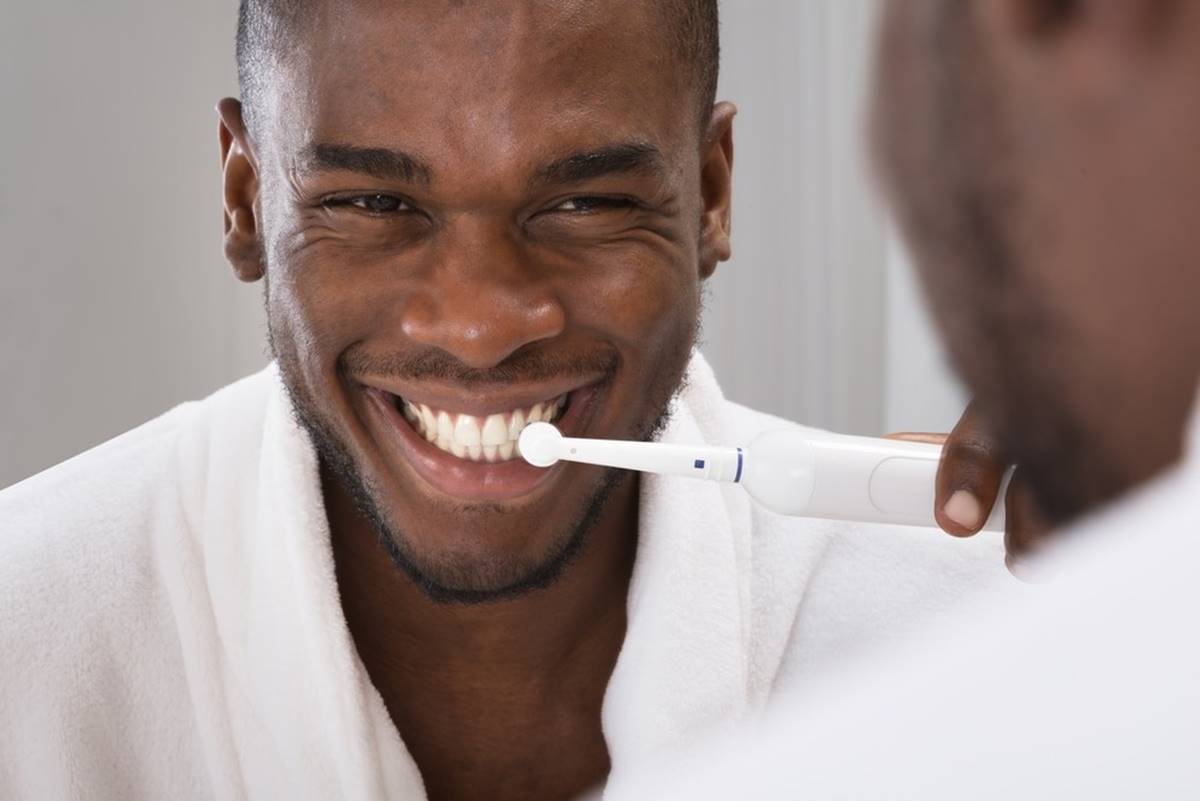

Bathroom Appliances
How Should You Brush Your Teeth With An Electric Toothbrush
Modified: March 2, 2024
Discover the best techniques for using an electric toothbrush to improve your oral hygiene routine. Learn how to effectively brush your teeth with a bathroom appliance.
(Many of the links in this article redirect to a specific reviewed product. Your purchase of these products through affiliate links helps to generate commission for Storables.com, at no extra cost. Learn more)
Introduction
Welcome to the world of advanced dental care, where technology meets oral hygiene in the form of electric toothbrushes. With their oscillating, rotating, or sonic movements, electric toothbrushes have revolutionized the way we maintain our dental health. In this article, we will explore the benefits of using an electric toothbrush, how to choose the right one, and the most effective techniques for brushing with this modern dental tool.
While the traditional manual toothbrush has been a staple in oral care for generations, the electric toothbrush offers a range of advantages that can significantly improve your brushing experience and overall dental health. From superior plaque removal to customizable brushing modes, electric toothbrushes have set a new standard for oral hygiene.
Whether you are considering making the switch from a manual toothbrush to an electric one or are simply looking to optimize your current electric toothbrush routine, this comprehensive guide will provide you with the knowledge and techniques needed to make the most of this innovative dental tool.
Key Takeaways:
- Elevate your oral care routine with an electric toothbrush, offering superior plaque removal, effortless cleaning, and customizable settings for a healthier, brighter smile.
- Master the technique for optimal brushing with an electric toothbrush, focusing on correct positioning, quadrant cleaning, and additional tips for effective oral care.
Benefits of Using an Electric Toothbrush
Electric toothbrushes offer a myriad of benefits that can elevate your oral care routine to new heights. Here are some compelling reasons to consider making the switch:
- Superior Plaque Removal: The oscillating, rotating, or sonic movements of electric toothbrushes can remove more plaque and prevent tartar buildup compared to manual brushing. This can lead to a cleaner and healthier mouth, reducing the risk of cavities and gum disease.
- Effortless Cleaning: Electric toothbrushes do much of the brushing work for you, making it easier to achieve a thorough clean without the need for vigorous scrubbing. This is especially beneficial for individuals with limited dexterity or those who struggle with manual brushing techniques.
- Built-in Timers: Many electric toothbrushes come with built-in timers to ensure that you brush for the recommended two minutes. This feature helps to instill good brushing habits and ensures that you dedicate adequate time to each quadrant of your mouth.
- Customizable Settings: Some electric toothbrush models offer various brushing modes, such as sensitive, whitening, and gum care. This versatility allows you to tailor your brushing experience to meet your specific oral care needs.
- Pressure Sensors: Certain electric toothbrushes are equipped with pressure sensors that alert you when you are brushing too hard. This can help prevent gum damage and enamel erosion caused by excessive pressure during brushing.
- Enhanced Gum Health: The gentle yet effective action of electric toothbrushes can contribute to improved gum health by minimizing inflammation and promoting better circulation in the gum tissue.
- Fun for Kids: Electric toothbrushes designed for children often feature colorful designs and playful features, making brushing an enjoyable and engaging activity for young ones.
With these benefits in mind, it’s clear that electric toothbrushes offer a compelling array of advantages that can elevate your oral care routine and contribute to a healthier, brighter smile.
Choosing the Right Electric Toothbrush
When it comes to selecting an electric toothbrush, the options can be overwhelming. However, understanding key factors can help you make an informed decision that aligns with your oral care needs. Here are essential considerations to keep in mind:
- Brushing Technology: Electric toothbrushes typically utilize oscillating, rotating, or sonic technology. Oscillating brushes feature small, round heads that rotate back and forth, while sonic brushes produce rapid vibrations. Consider which type of motion aligns with your brushing preferences and dental recommendations from your dentist.
- Bristle Variations: Look for brushes with soft, rounded bristles to avoid damaging the enamel and gums. Some models offer bristle variations, such as angled or multilevel bristles, which can enhance plaque removal and reach difficult areas.
- Battery Life: If you opt for a rechargeable electric toothbrush, consider the battery life and charging mechanism. Longer battery life and convenient charging options can ensure consistent performance without frequent interruptions for recharging.
- Brushing Modes: Assess your oral care needs and choose a toothbrush with modes that cater to your specific requirements, such as sensitive teeth, whitening, or gum massage. Customizable settings can enhance your brushing experience and address individual dental concerns.
- Pressure Sensors: For those prone to applying excessive pressure while brushing, a model with pressure sensors can help prevent potential damage to the gums and enamel by alerting you when too much force is being exerted.
- Size and Grip: Consider the size and grip of the toothbrush handle, ensuring it feels comfortable and maneuverable in your hand. A comfortable grip can enhance control and precision during brushing, contributing to a more effective clean.
- Compatibility with Brush Heads: Check if the toothbrush is compatible with a variety of brush heads, as this allows you to customize your brushing experience and replace brush heads as needed without being limited to a specific type.
- Warranty and Support: Look for electric toothbrushes that come with a warranty and reliable customer support. This can provide peace of mind and assistance in the event of malfunctions or technical issues.
By considering these factors and evaluating your individual dental needs, you can select an electric toothbrush that aligns with your preferences and promotes optimal oral health.
When using an electric toothbrush, hold it at a 45-degree angle to your teeth and brush in small circular motions. Make sure to brush all surfaces of your teeth, including the front, back, and chewing surfaces.
Technique for Brushing with an Electric Toothbrush
While electric toothbrushes are designed to simplify the brushing process, employing the correct technique is crucial for maximizing their effectiveness. Here’s a step-by-step guide to brushing with an electric toothbrush:
- Apply Toothpaste: Squeeze a pea-sized amount of fluoride toothpaste onto the brush head. Use a toothpaste specifically formulated for electric toothbrushes, as it can enhance the overall brushing experience.
- Position the Brush Head: Place the brush head against the outer surface of your teeth at a 45-degree angle. Ensure that the bristles make contact with both the teeth and the gumline.
- Activate the Brush: Turn on the electric toothbrush and allow the bristles to gently glide along the teeth and gums. Avoid pressing too hard, as the oscillating or sonic movements of the brush head are designed to do the work for you.
- Brush Quadrant by Quadrant: Divide your mouth into four quadrants: upper left, upper right, lower left, and lower right. Spend approximately 30 seconds on each quadrant, allowing the built-in timer to guide you through the recommended two-minute brushing duration.
- Focus on Each Tooth: Direct the brush head to each tooth’s surface, ensuring that the bristles reach all areas, including the front, back, and chewing surfaces. Pay particular attention to hard-to-reach areas, such as the molars and the back of the rear teeth.
- Gently Brush the Gumline: Glide the brush head along the gumline using light pressure. This can help remove plaque and stimulate the gums, promoting overall gum health.
- Clean the Tongue and Roof of the Mouth: After brushing the teeth, switch off the brush and gently brush the surface of the tongue and the roof of the mouth to remove bacteria and freshen breath.
- Rinse and Clean the Brush Head: Rinse your mouth thoroughly with water to remove any remaining toothpaste. After use, clean the brush head according to the manufacturer’s instructions to maintain hygiene and prolong the brush’s lifespan.
By following this technique and incorporating it into your daily oral care routine, you can harness the full potential of your electric toothbrush and achieve a thorough and effective clean with each use.
Additional Tips for Effective Brushing
Optimizing your brushing routine with an electric toothbrush involves more than just mastering the basic technique. Here are additional tips to enhance the effectiveness of your brushing sessions:
- Replace Brush Heads Regularly: Over time, the bristles on the brush head will wear down, reducing their cleaning efficacy. Replace the brush head as recommended by the manufacturer or your dentist to ensure optimal performance.
- Use Proper Pressure: Let the electric toothbrush do the work for you. Applying excessive pressure can lead to gum recession and enamel erosion. Instead, guide the brush head gently along the teeth and gumline, allowing the bristles to remove plaque effectively.
- Brush at a Consistent Angle: Maintain a 45-degree angle between the brush head and the teeth to ensure thorough cleaning and gentle stimulation of the gums. Consistency in angle and motion can contribute to a comprehensive clean across all tooth surfaces.
- Don’t Forget the Back Teeth: The molars and premolars are often neglected during brushing. Pay special attention to these hard-to-reach areas, as they are prone to plaque buildup and are crucial for chewing and overall oral function.
- Incorporate Flossing and Mouthwash: While electric toothbrushes excel at removing plaque from tooth surfaces, they may not reach between teeth and along the gumline. Supplement your brushing routine with daily flossing and the use of antimicrobial mouthwash for comprehensive oral care.
- Brush Twice Daily: Maintain a consistent brushing schedule by brushing your teeth for two minutes, twice a day. This regularity can help prevent plaque accumulation, cavities, and gum disease, promoting long-term dental health.
- Seek Professional Guidance: Consult your dentist for personalized recommendations on electric toothbrush usage, including brushing techniques, suitable brush heads, and specific oral care needs. Professional guidance can ensure that you are optimizing your electric toothbrush for your unique dental health requirements.
By incorporating these additional tips into your brushing routine, you can elevate the effectiveness of your electric toothbrush, promote optimal oral health, and enjoy a brighter, healthier smile.
Conclusion
Embracing the use of an electric toothbrush can revolutionize your oral care routine, offering a host of benefits that cater to various dental needs. From superior plaque removal to customizable brushing modes, electric toothbrushes have redefined the standards of effective oral hygiene. By choosing the right electric toothbrush and mastering the technique for optimal brushing, you can harness the full potential of this innovative dental tool.
When selecting an electric toothbrush, factors such as brushing technology, bristle variations, battery life, and additional features like pressure sensors and brushing modes should be carefully considered to align with your specific oral care requirements. This thoughtful selection process can ensure that your chosen electric toothbrush complements your brushing habits and promotes optimal oral health.
Mastering the technique for brushing with an electric toothbrush involves positioning the brush head correctly, utilizing the built-in timer for thorough cleaning, and focusing on each tooth and the gumline. By following these steps, you can maximize the effectiveness of your electric toothbrush and achieve a comprehensive clean with each use.
Furthermore, incorporating additional tips such as regular brush head replacement, proper pressure application, and consistent brushing angles can further enhance the efficacy of your brushing routine. Supplementing your brushing with flossing, mouthwash, and seeking professional dental guidance can contribute to a holistic approach to oral care, ensuring a healthy and radiant smile.
As you embark on your journey with an electric toothbrush, remember that consistency and personalized oral care are key. By embracing the benefits of this advanced dental tool and implementing the techniques and tips outlined in this guide, you can elevate your oral care routine, promote long-term dental health, and enjoy the confidence of a bright and healthy smile.
Frequently Asked Questions about How Should You Brush Your Teeth With An Electric Toothbrush
Was this page helpful?
At Storables.com, we guarantee accurate and reliable information. Our content, validated by Expert Board Contributors, is crafted following stringent Editorial Policies. We're committed to providing you with well-researched, expert-backed insights for all your informational needs.
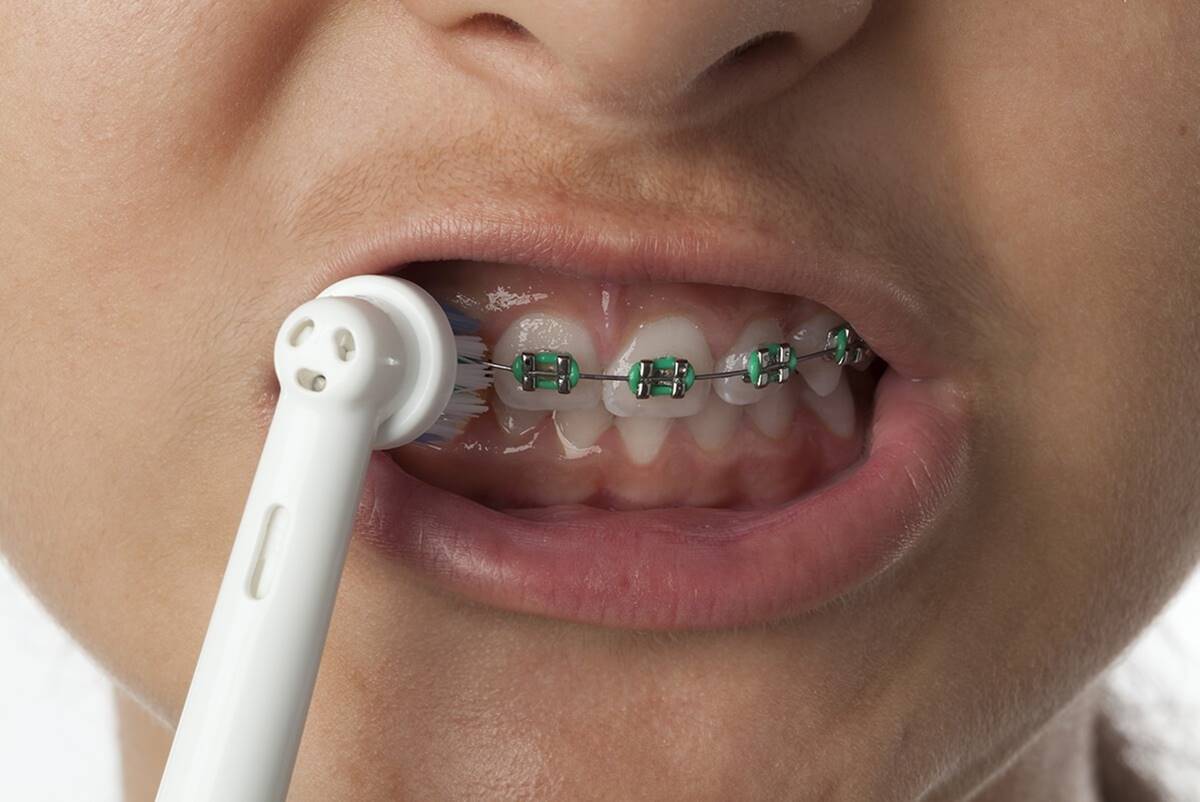
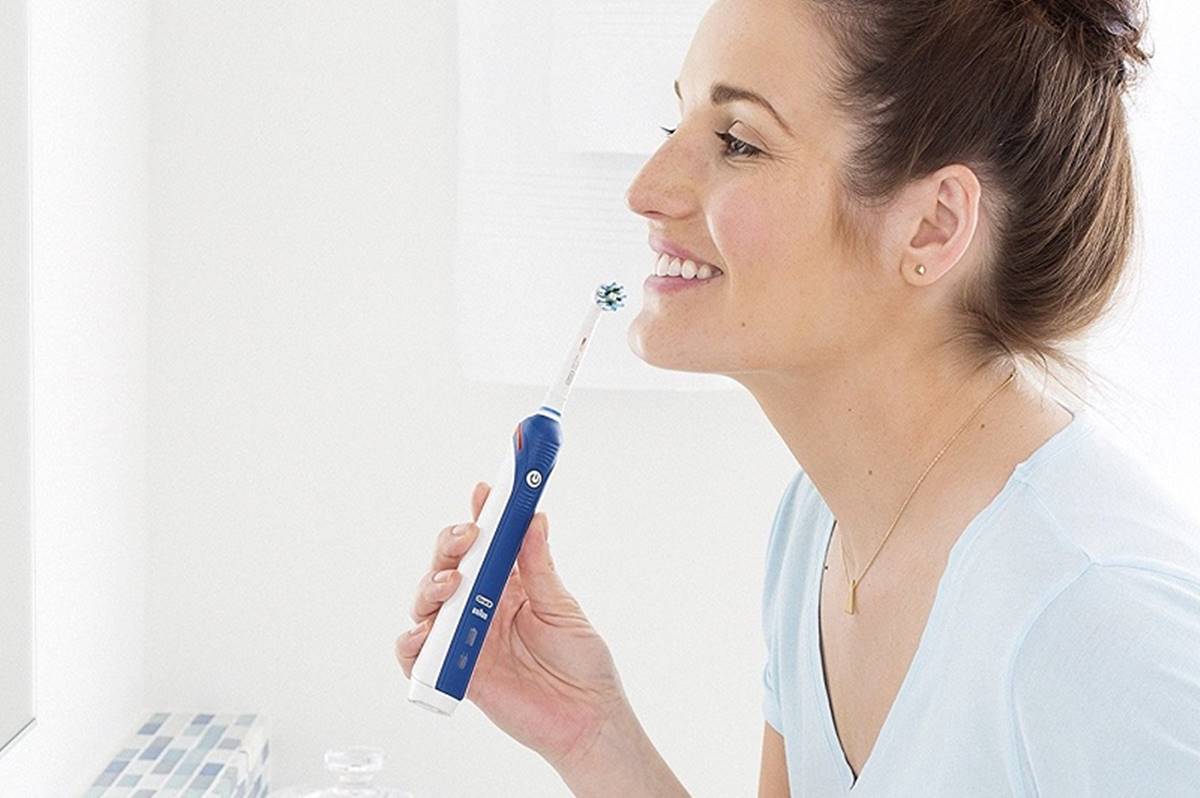

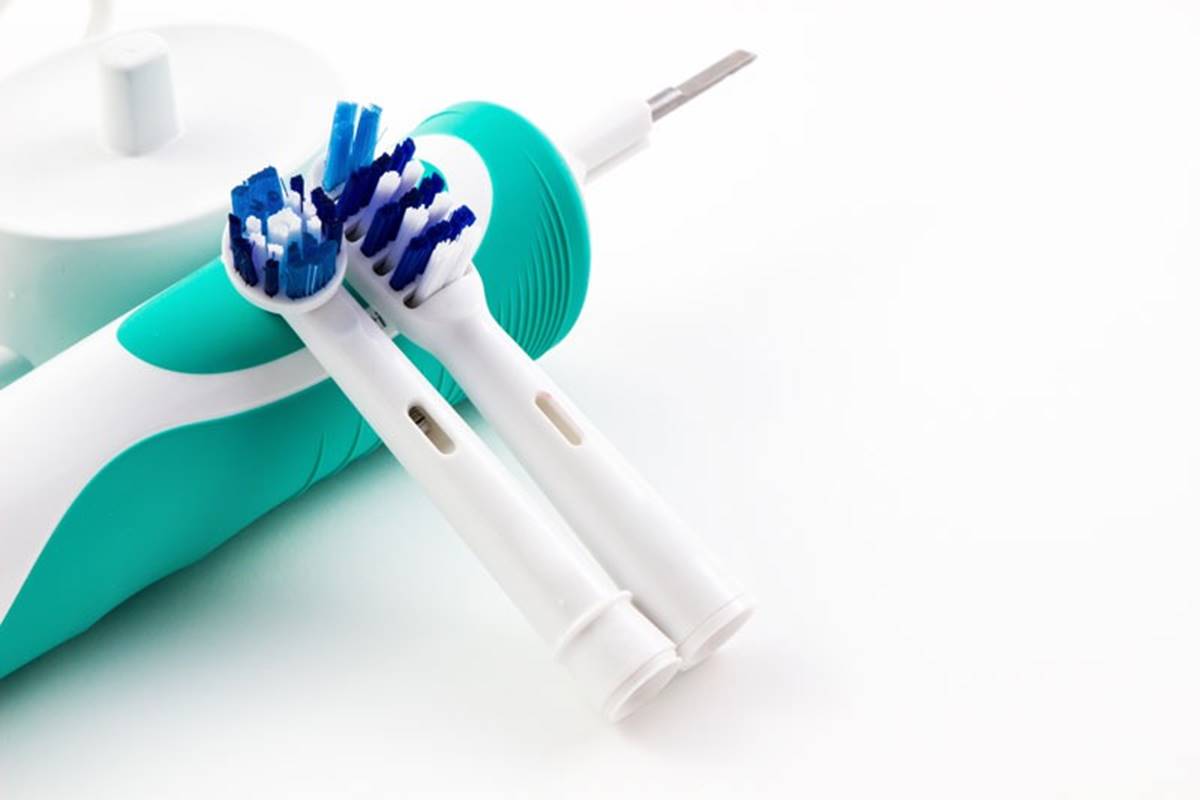
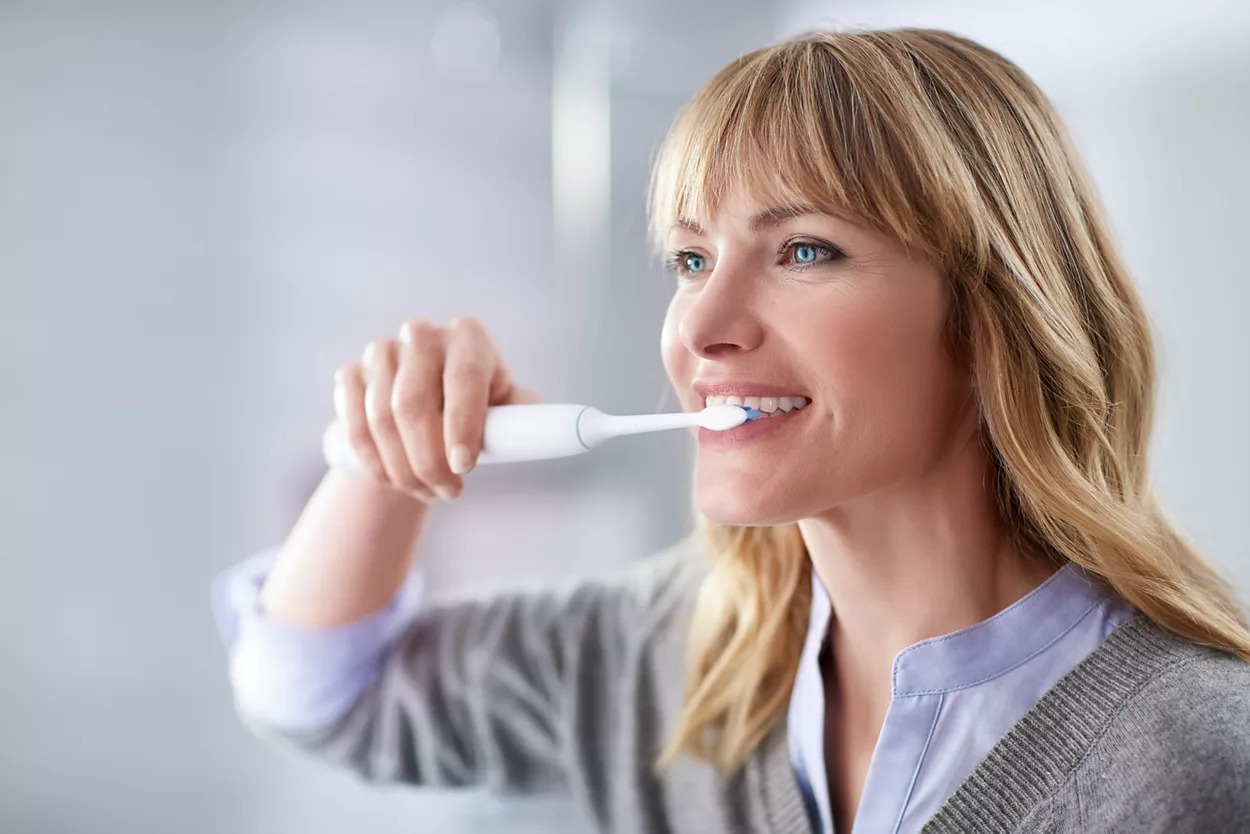
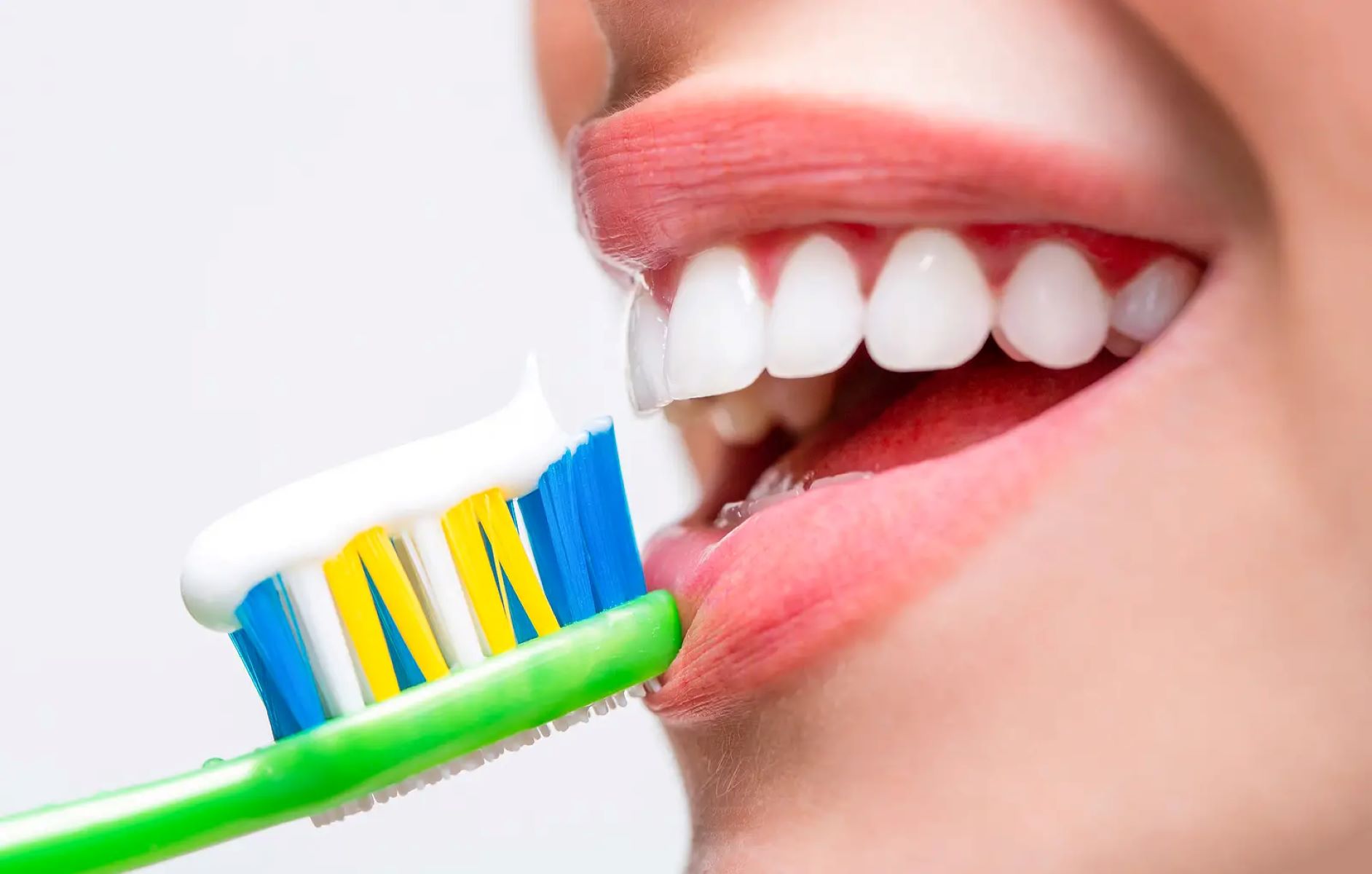
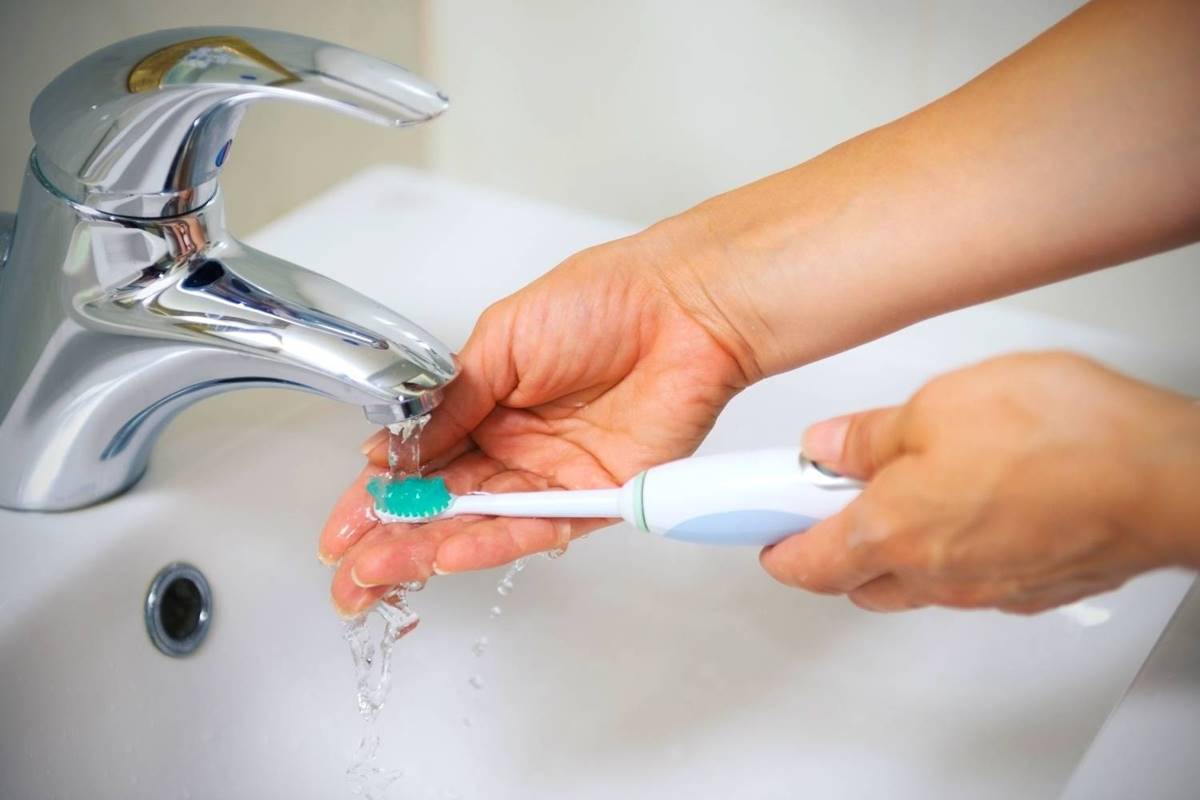
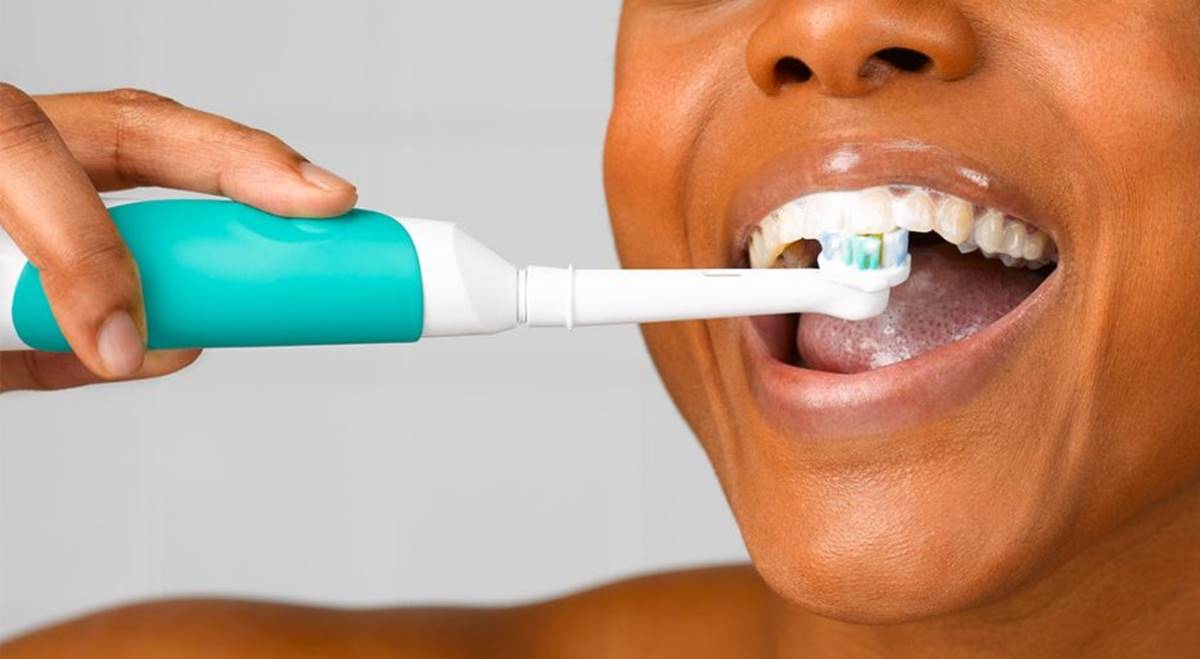
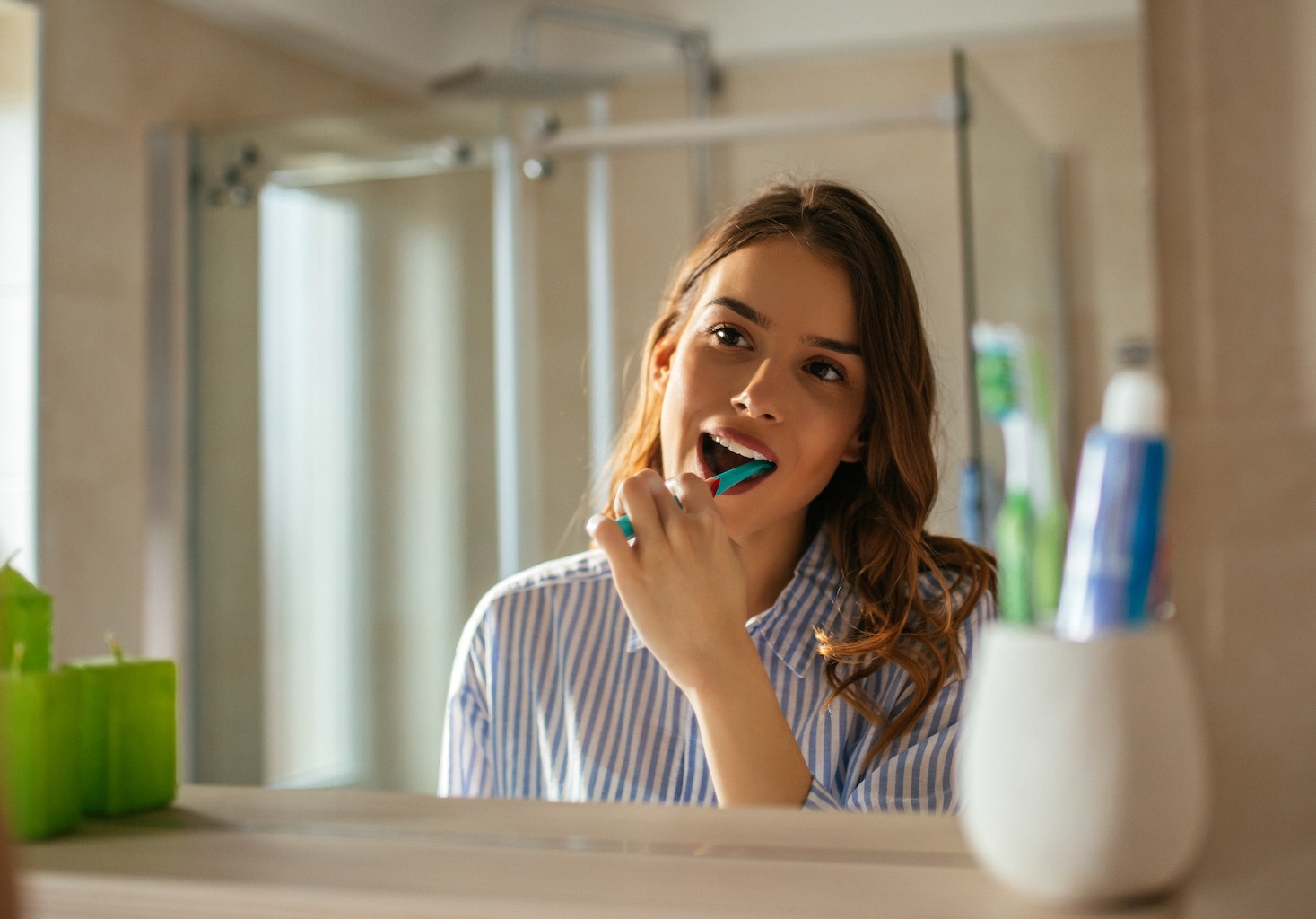
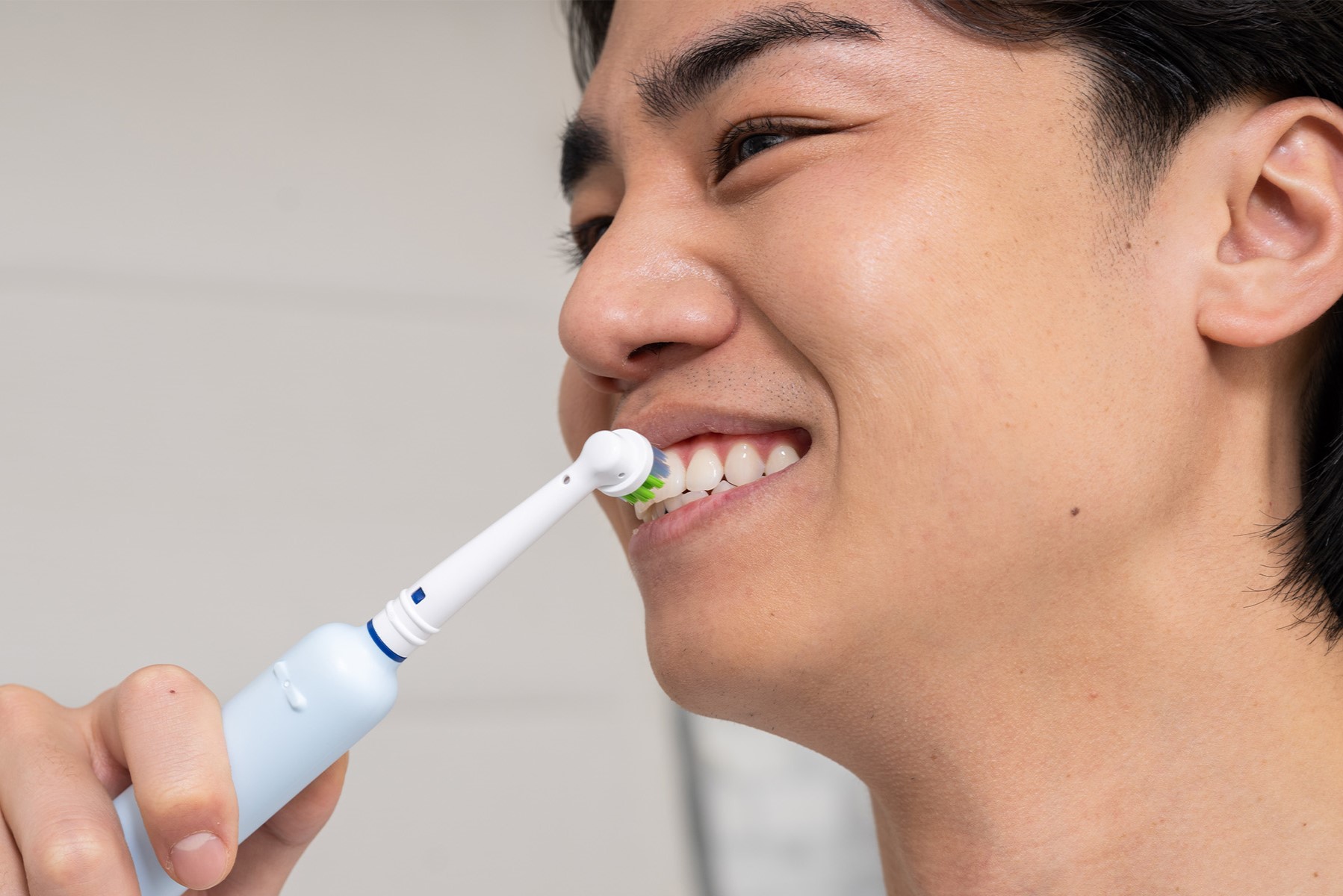
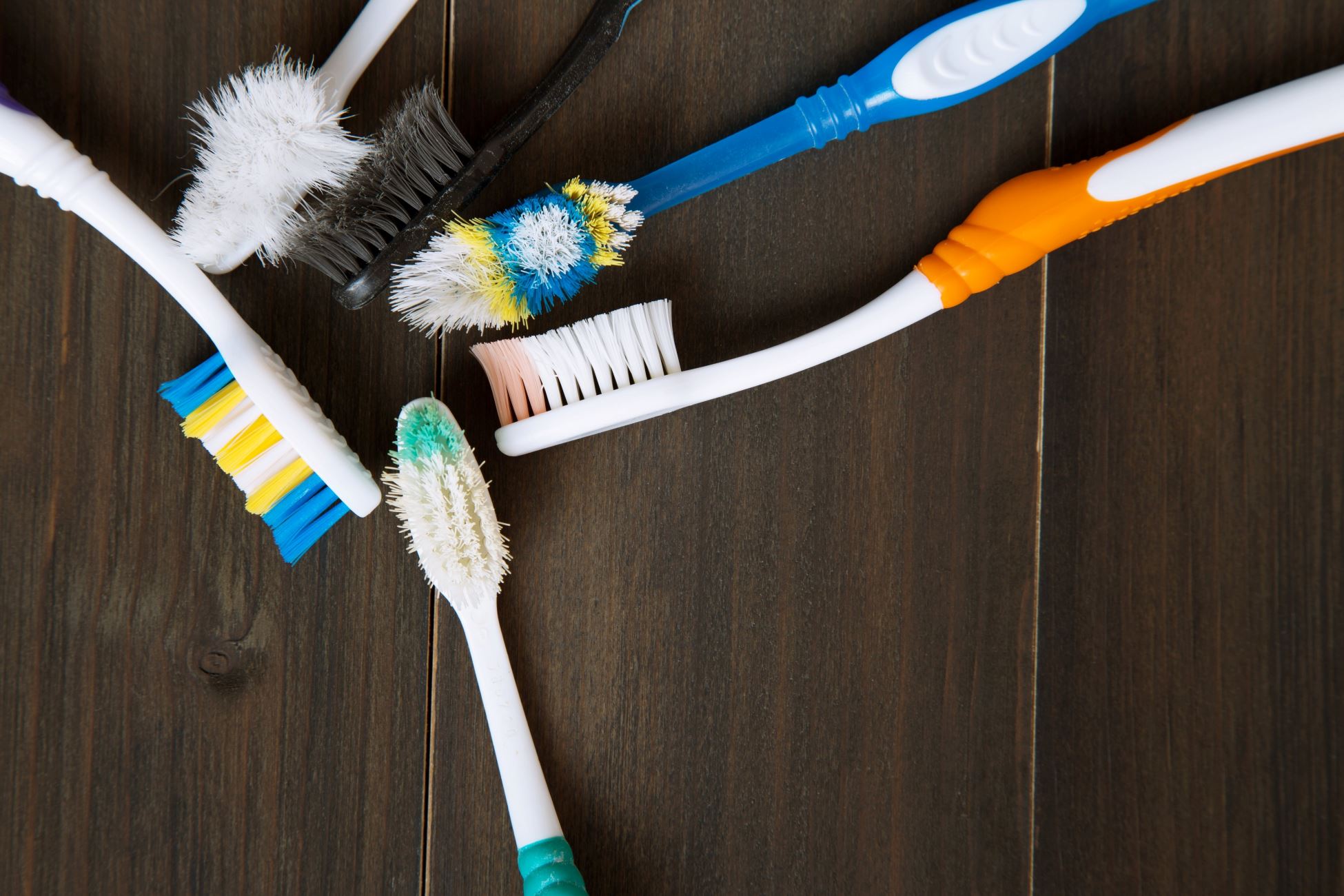
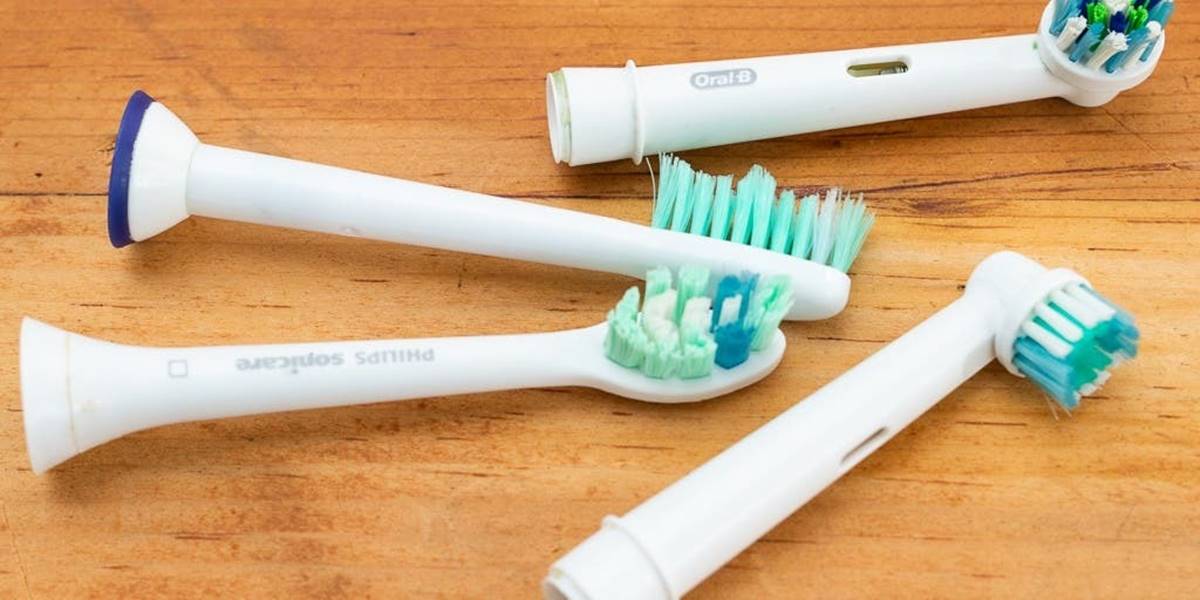
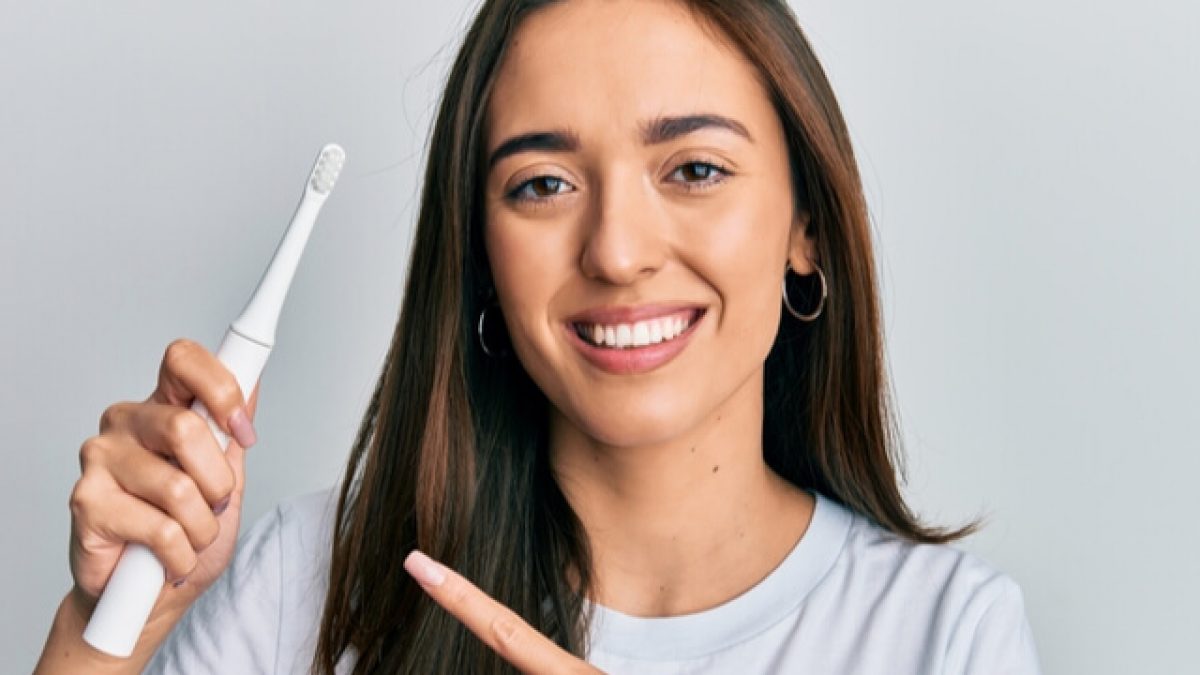
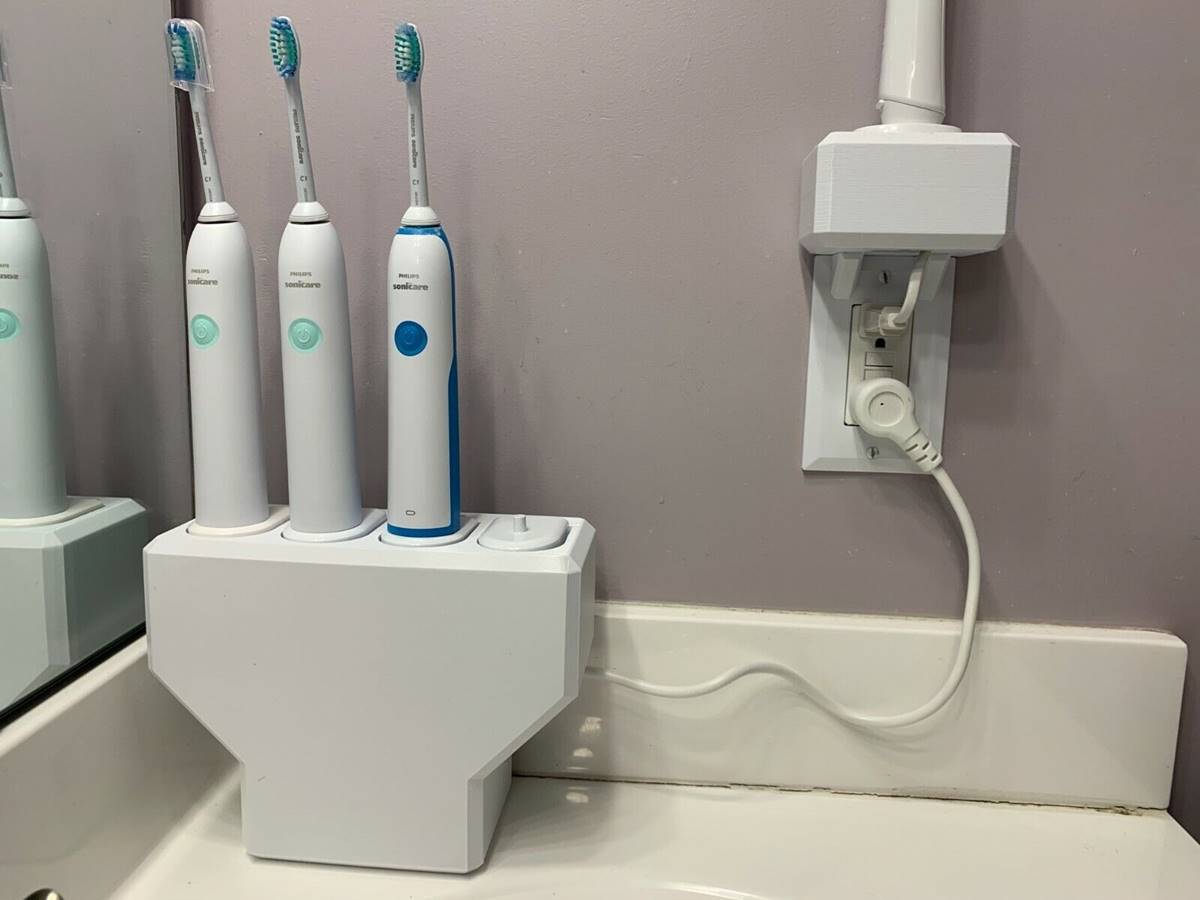

0 thoughts on “How Should You Brush Your Teeth With An Electric Toothbrush”